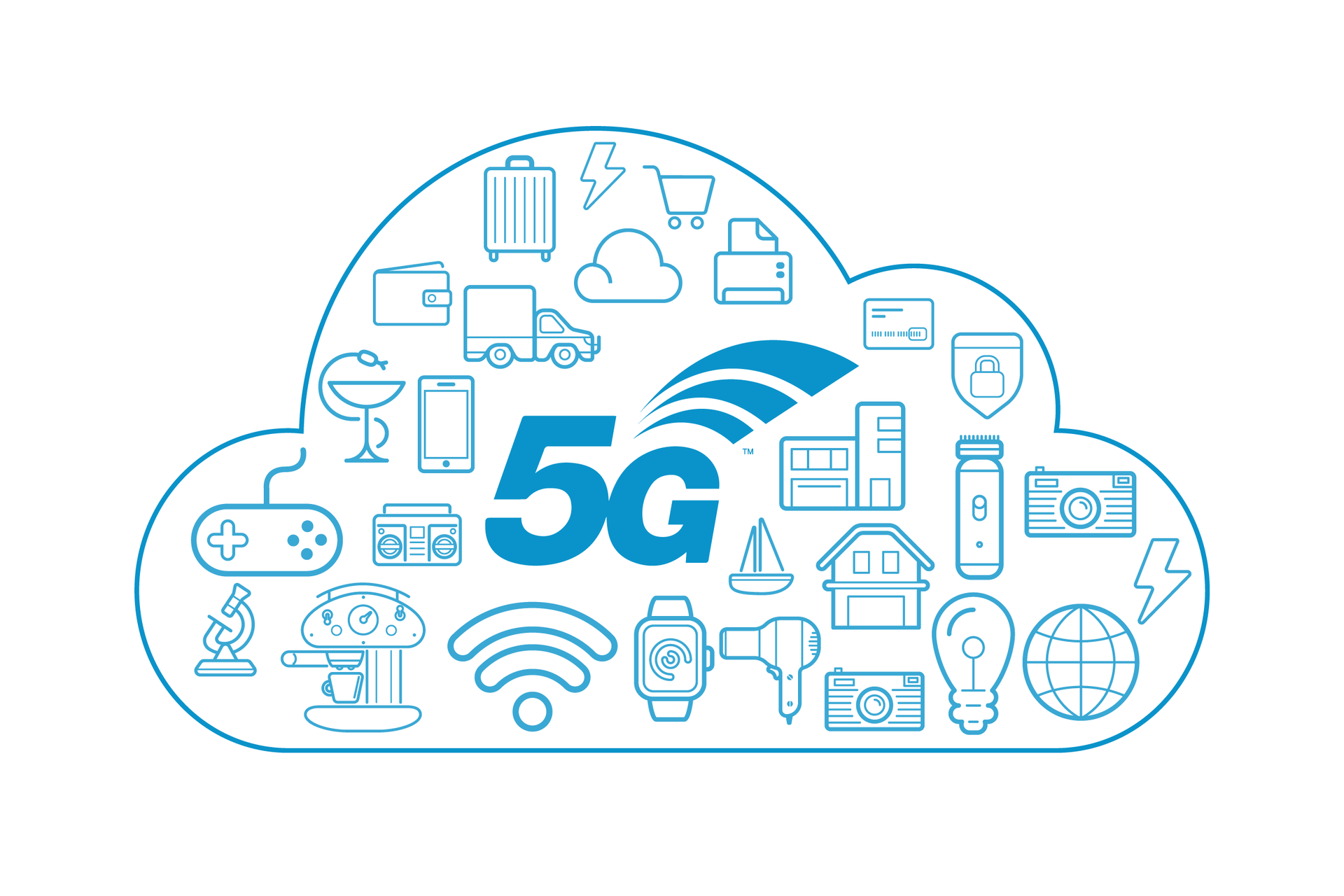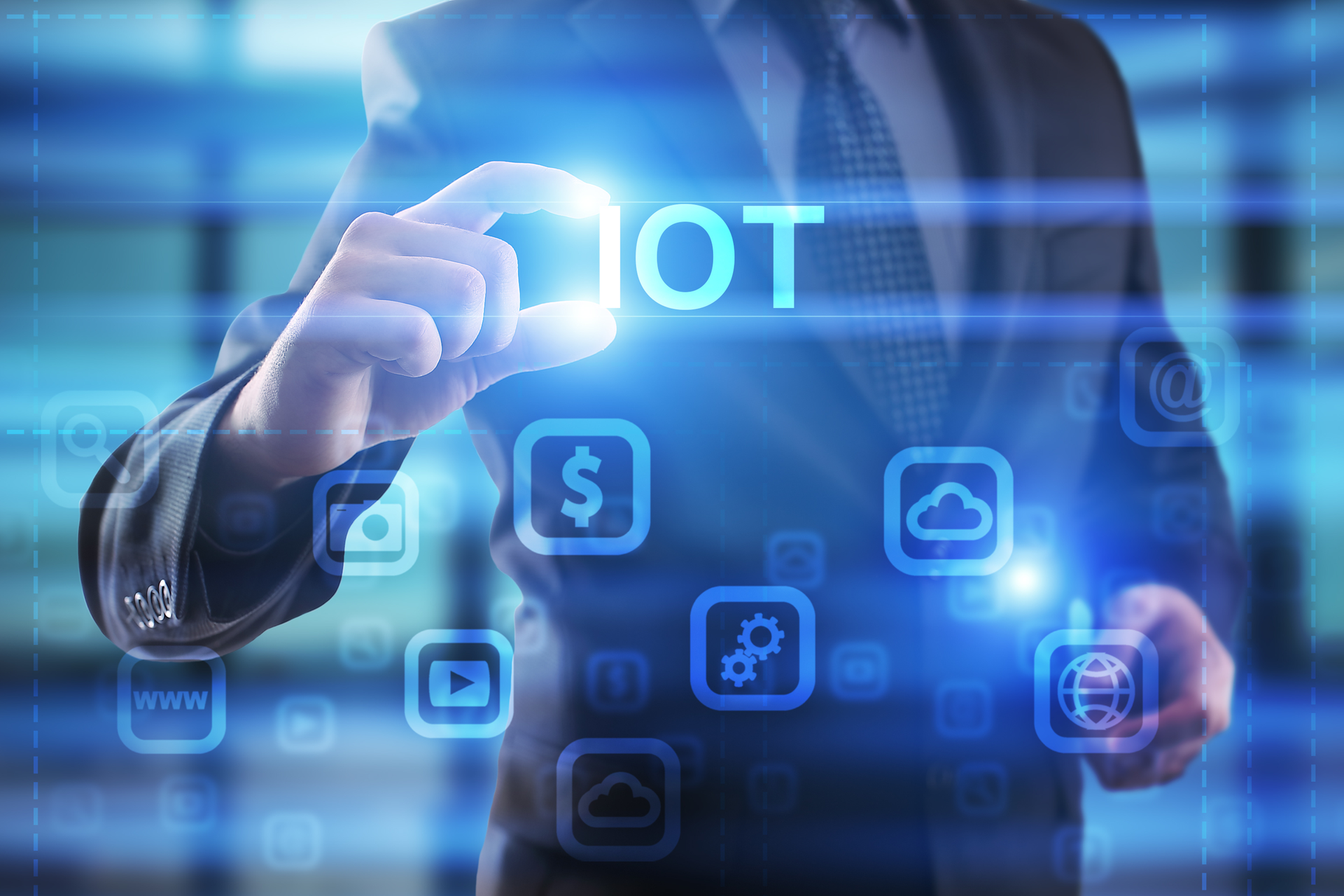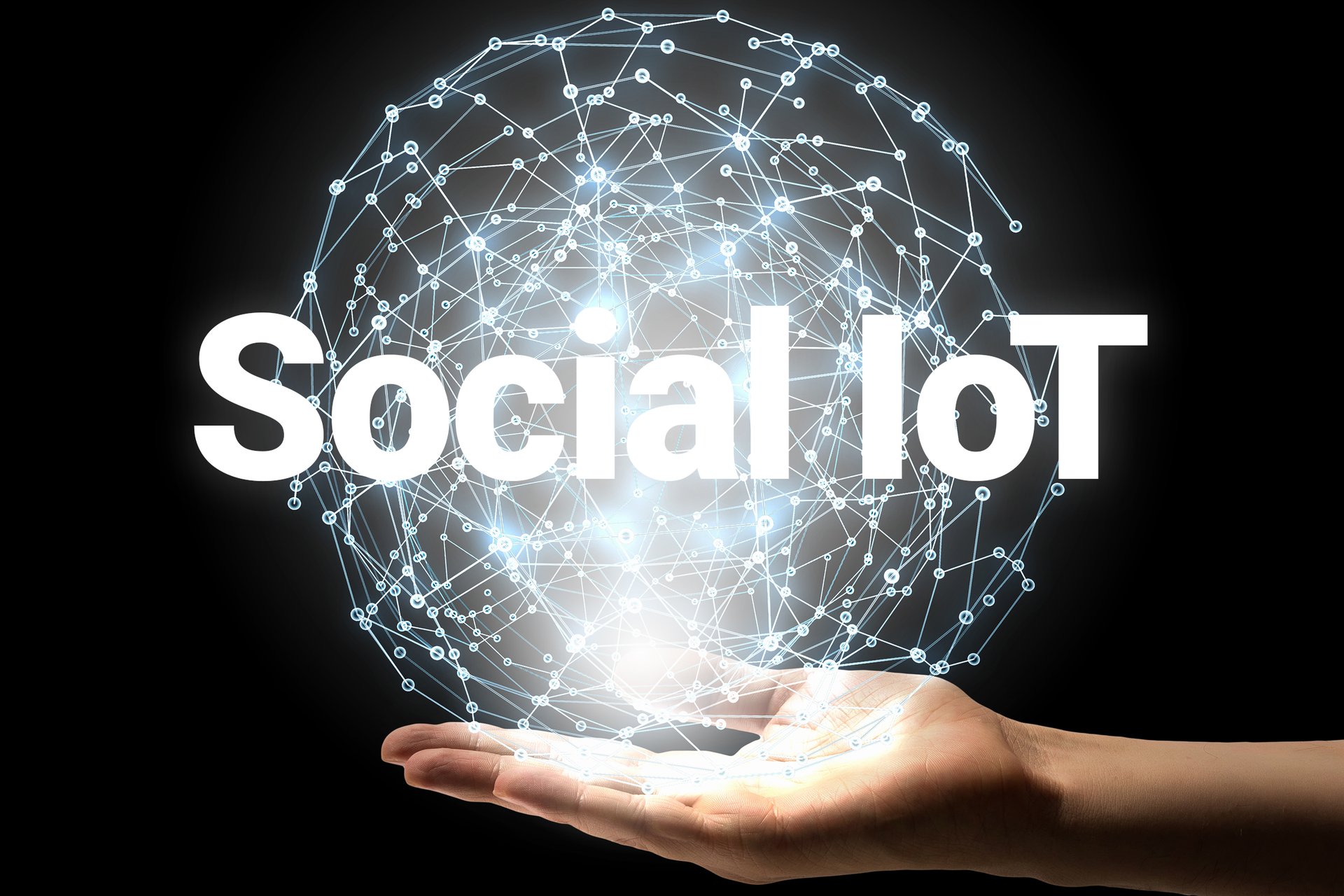IoT and 5G
5G & IoT: future concepts
Today the world is on the threshold of a new technological revolution in wireless networks. The expected launch of the fifth generation of cellular communication (fifth generation, or 5G) is closely related to the development of at least the breakthrough phenomenon of recent years - the Internet of Things (IoT). Both of these concepts can dramatically change the business and society, giving them unique opportunities for interaction between “smart” devices.

Speed, capacity, reliability
It is already becoming obvious that the concept of IoT is capable of making revolutionary changes in business, society and the control system of virtually any technological process. The Internet of things, sooner or later, will connect into one global system all those involved in the manufacture and use of "smart" equipment. However, there are quite a few obstacles to this. One of them is the lack of network capacity, which does not allow to use all the capabilities of IoT.
A breakthrough in this matter may give rise to a new generation of mobile communications - 5G . Its main difference from the previous ones is a huge (over 10 Gbit / s) data transfer rate, and, accordingly, a response. The delay of the signal in 5G will be reduced to only 1 ms , while in 4G it is 10 ms, and in 3G it will be 100 ms.
But in the context of using 5G IoT devices, speed, however, is not the determining factor. The reliability of the network, the minimum signal delay and the possibility of mass connection of various “smart” devices with their specific tasks and the uninterrupted operation of their interaction come to the fore.
')
Although it seems that the world is already close to the introduction of 5G, developers still have a lot of work. The global synthesis and development of the IMT-2020 communications standard (officially called 5G technology) is entrusted to the International Telecommunication Union. At the country level, implementation will fall on the shoulders of operators and communications providers and the government. A restructuring of the existing infrastructure for a new generation of communications will be required.
At the same time, 5G will not immediately replace 3G and LTE, but will work in parallel so that gadgets can switch between networks depending on user requests. Taking into account the existing level of technological equipment of mobile operators, at the first stage the coverage of the signal of 5G networks will be even less than that of 3G and LTE. Most likely, at first, the base stations will be located along the main highways, business centers of large cities, and as the new infrastructure develops, they will also go into the outback.
Customize for new standards will have not only the infrastructure, but also gadgets and all other devices connected to the network. To fully work in 5G, they must become not only “smarter”, but also more powerful. Another major challenge that 5G developers will have to solve is to reduce energy consumption. This parameter is particularly relevant for all sorts of sensors and other IoT devices. To solve it, it is likely that higher frequency bands and the connection of mobile networks with WiFi technology will be used.
As for the start of 5G, the official approval of the IMT-2020 standard is expected no earlier than 2020, but it is possible that telecom operators can apply individual solutions earlier. According to the available information, the first commercial implementations of the new network are expected already in 2018 and are confined to large-scale sporting events, such as the Winter Olympics in South Korea, the World Cup in Russia and several others.
In any case, the new generation of 5G communications will become the basis for the digital transformation of business and society, and the effect of its introduction will go far beyond the IT sphere.
How will 5G and IoT change the world?
Today, high-tech provides many additional features for various gadgets with access to the Internet. This function is unifying for IoT devices. Since the capabilities of the 5G network are truly enormous, its appearance will definitely lead to a sharp increase in the number of “smart devices” and the evolution of existing ones. Simply put, the potential of the new communication standard will facilitate the connection to the network of everything that can be connected, ranging from home appliances to aircraft. By some estimates, the number of simultaneous connections can reach from 50 to 100 billion devices.

But the main difference between 5G and previous generations will be that it will carry out a new revolution in business processes. The entertainment sphere will continue to occupy a large place in the life of society, but still, it will have to give way to progressive technologies, such as IoT and VR . Modern business has long been living in the "digital" and just waited for the next turn of performance, so high speed, short response time and low power consumption, which promises 5G, will ensure the mass introduction of robots and the Internet of things.
This, in turn, will allow to “turn” many traditional applications of wireless networks, introducing hundreds of millions of online objects that perform various functions. Actually, 5G will become a kind of framework around which the image of a new, digital economy will begin to form, actively using IoT technology, multiplying the already known advantages of the latter and bringing its wide distribution closer.
Experts predict that the largest gains from the introduction of 5G and IoT will be able to get the industrial, transport, financial, energy, medical, and security and entertainment sectors. The low latency of signal propagation in 5G provides a number of unique opportunities for use in driving UAVs or controlling the movement of self-driving vehicles. Combining data from various sources and devices, you can get an endless stream of information, using it in different areas - from telemedicine and research to managing urban transport and mining.
It is believed that 5G will lead to revolutionary changes in those IoT segments where objects are far removed, or a quick response is needed. As an example, you can bring the agro-industrial complex (field monitoring, agricultural machinery management) or industry (high-speed industrial robots, etc.).

Today, it is still not possible to fully combine wireless devices into a single network. The main obstacle is the lack of a single standard for IoT, since its various segments now use different network protocols. But the 5G technology, designed to work with heterogeneous traffic, will be able to connect to the Internet a variety of devices with different parameters, both familiar mobile and “smart” ones, such as sensors, sensors, regulators and other devices.
The social component of IoT
If the technical side of launching a new network is more or less clear, then the problem of restructuring thinking for the massive development of IoT still has to be resolved. Of course, the introduction of 5G will lead to a breakdown of existing standards in everyday life and business. And if the latter, in order to survive, will be forced, one way or another, to adapt, then the majority of ordinary users are not yet ready for such changes. And, above all, it concerns the availability of information about the capabilities of the IoT systems and their proper use.
What is the use if separate devices are closed on one or two systems or groups of people and perform a limited range of tasks? And if it is technically possible to solve this problem by integrating various platforms and services, then for companies individual companies have already begun to develop a special concept called Social Internet of Things ( Social IoT or SIoT ).
In short, its essence lies in creating a service platform that unites people and devices into one global social network. The endless possibilities of such a network to receive and accumulate colossal streams of information connected to devices capable of independently generating content will allow the construction of various services with practically any configuration, while obtaining the necessary products or solutions.
This includes various household needs (for example, security system settings, smart home, entertainment, etc.), and business needs solution (e-commerce, personnel management, etc.). At the same time, if the finished product created in this way can be useful to other participants of Social IoT, its author will be able to distribute it both on a commercial and free basis. Extensive user base will be an excellent opportunity to do a good business. That is, the components of such a constructor become the users of the Internet of things themselves, as well as the devices that make it up.
All this, at first glance, may seem to be something that goes beyond the understanding of the average user, but the whole point of Social IoT is precisely the mass availability of information about the capabilities of smart devices and the simplicity of its exchange.
In other words, the main task of Social IoT is the creation of a single information space that is accessible and understandable to anyone .

Of course, a detailed description of the capabilities of Social IoT to combine real-world devices with the virtual world requires separate material. However, already from the above it becomes clear that the number of tasks that can be solved by Social IoT after the launch of 5G is simply unlimited. And those who want to keep up with the times and feel confident in the digital world of “smart” devices surrounding him should be prepared now, for then they will have to spend time and money on training.
And the fact that IoT and its social component of the future cannot be doubted - nobody has yet been able to stop the NTP, but millions of people and dozens of countries managed to lag behind it, which most of them had to regret ...
Source: https://habr.com/ru/post/336936/
All Articles